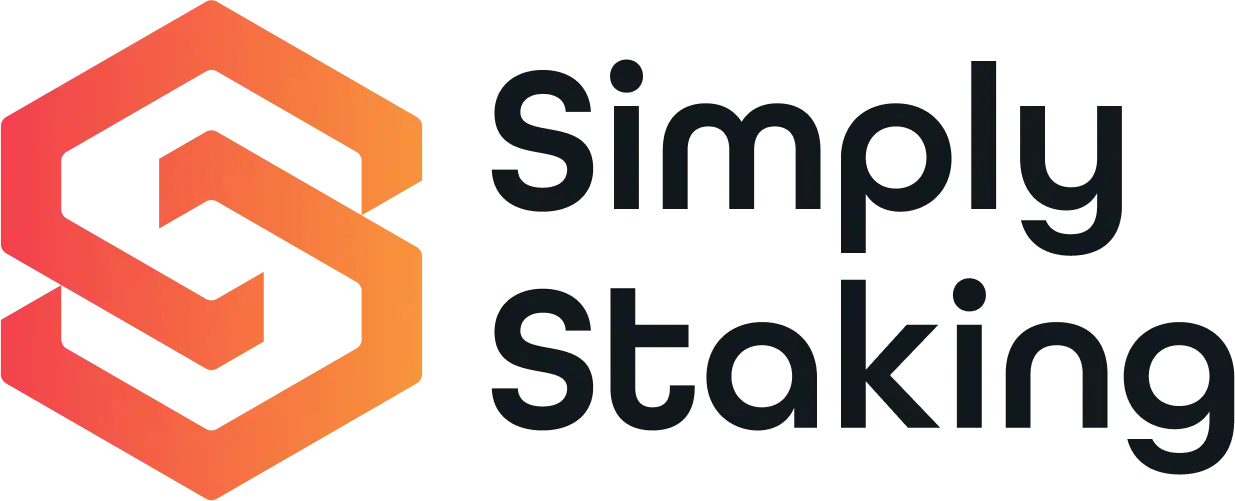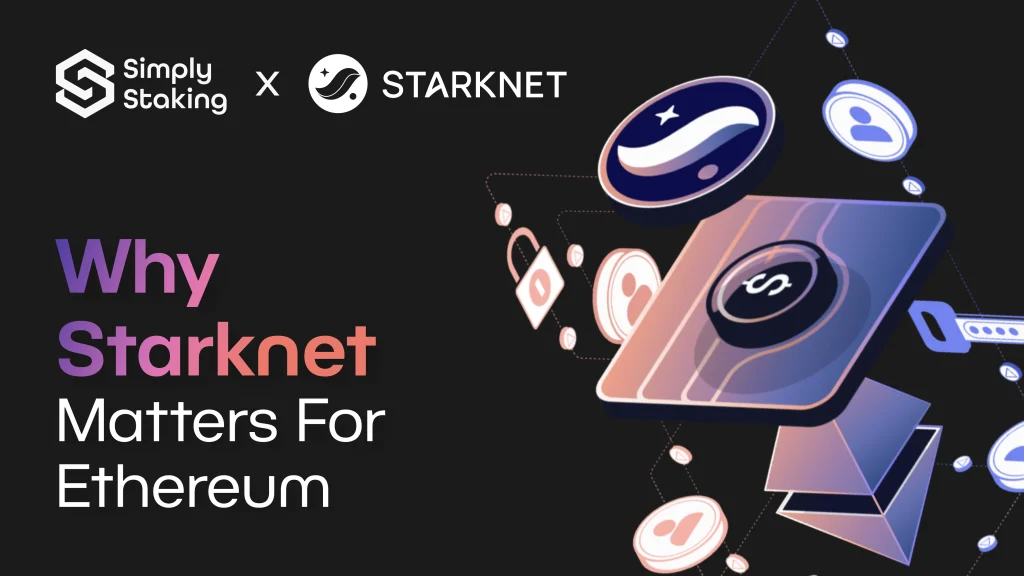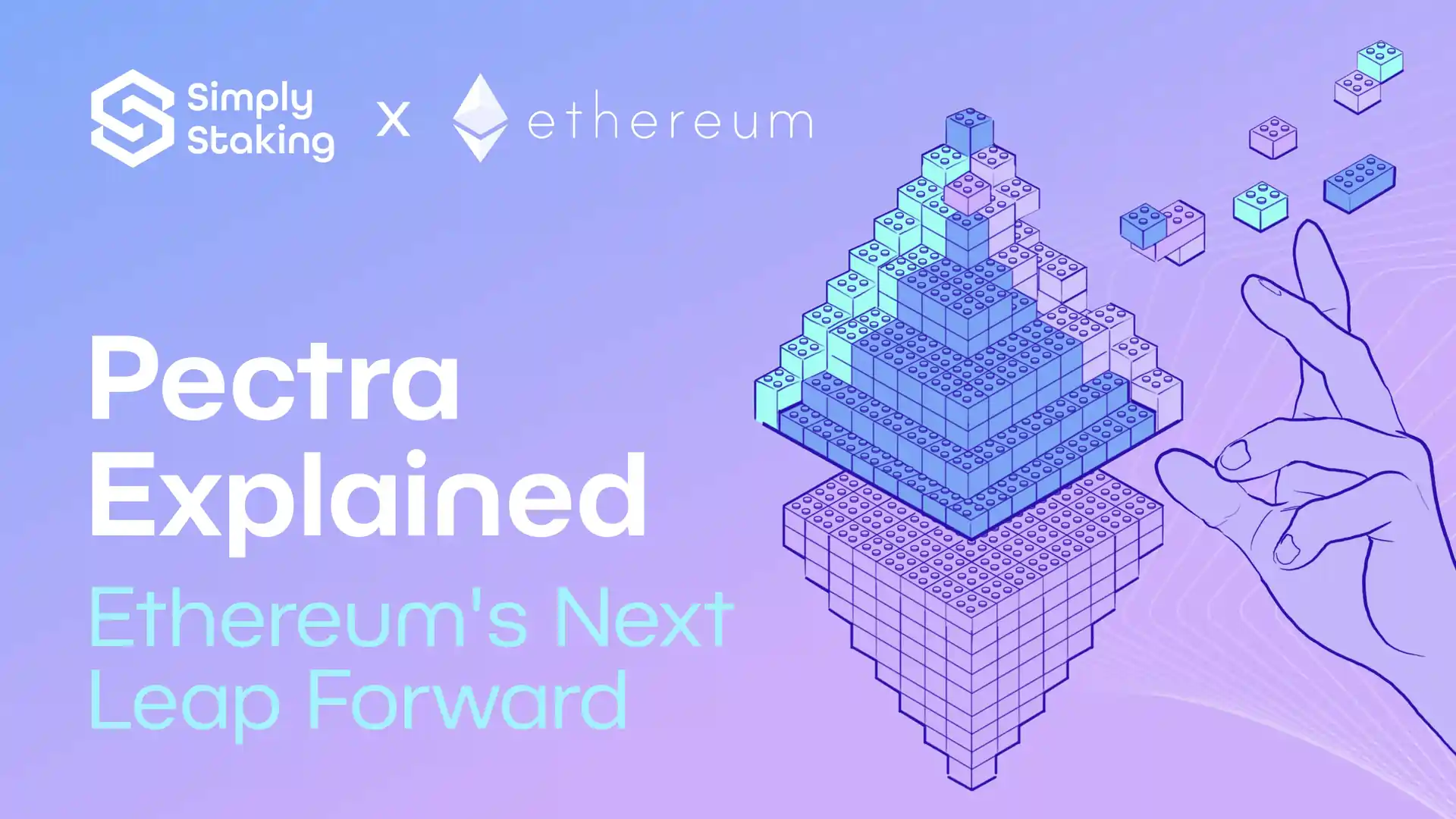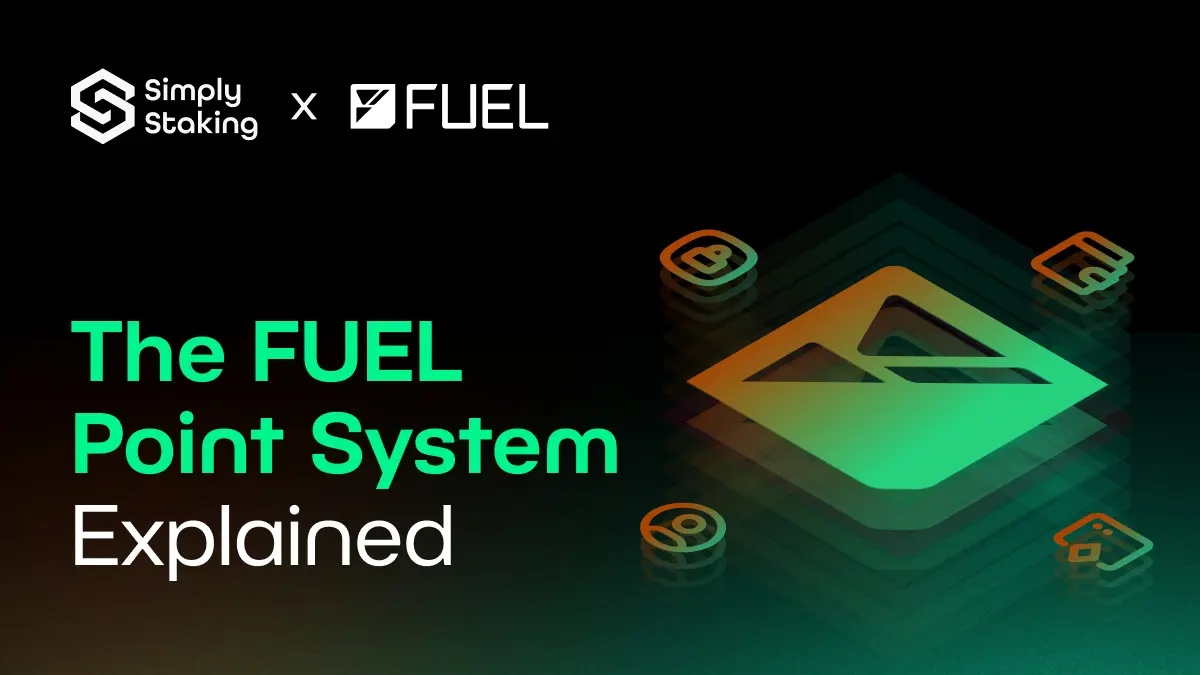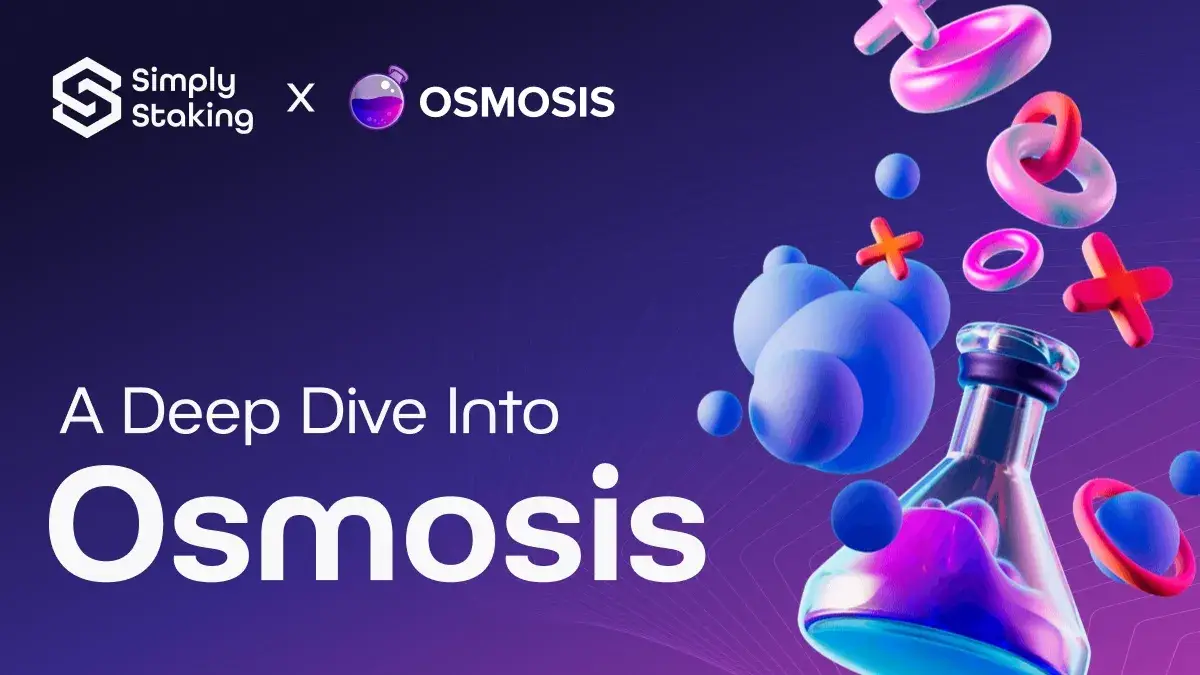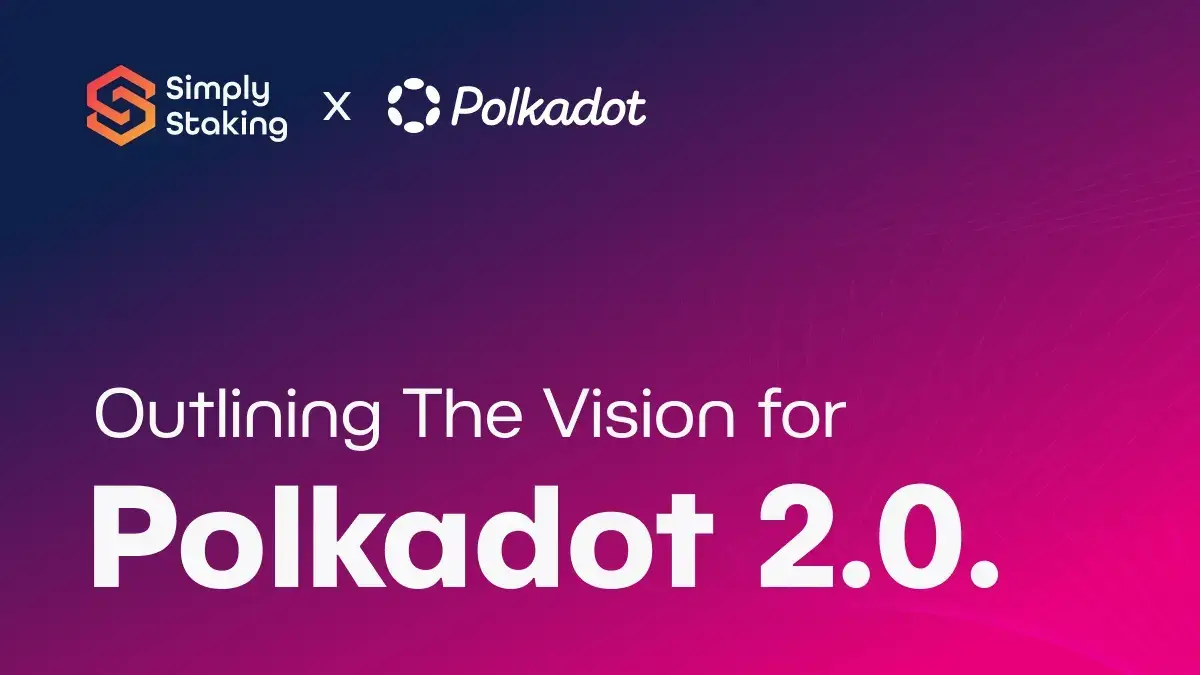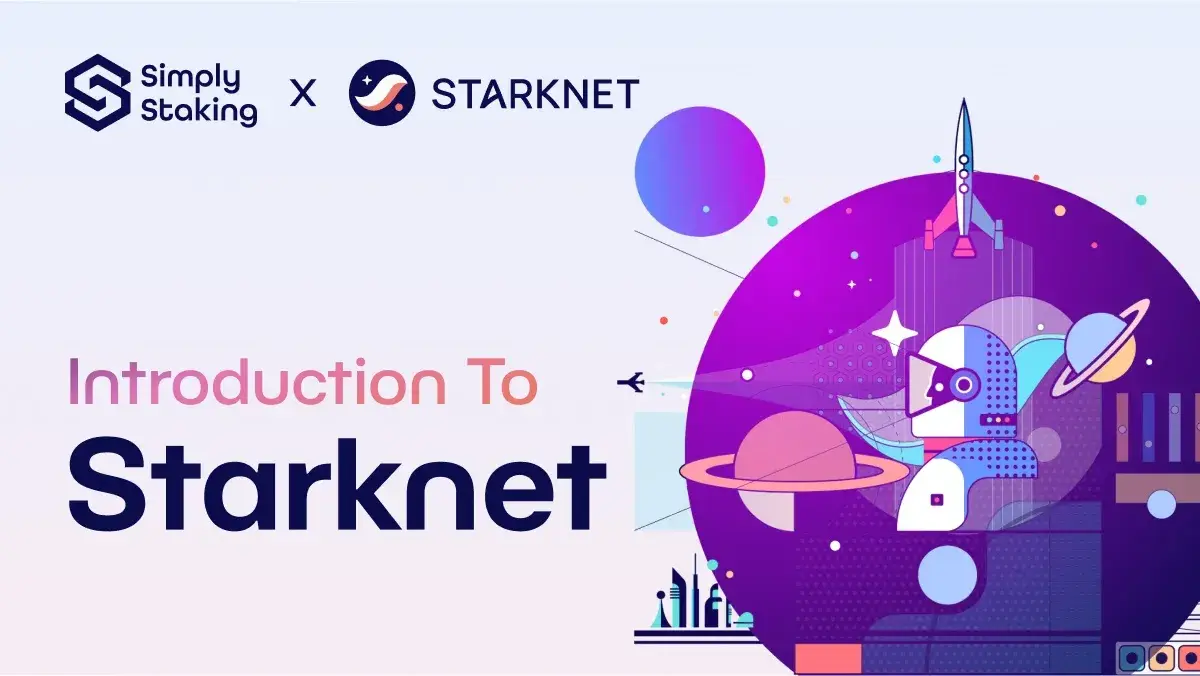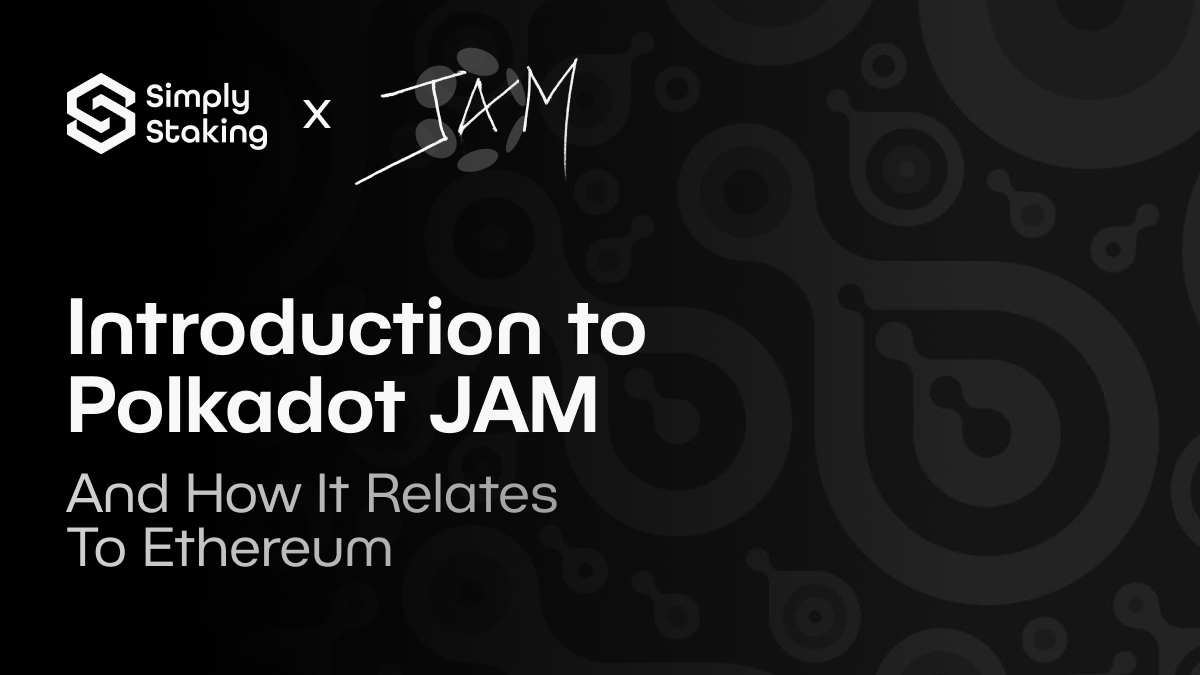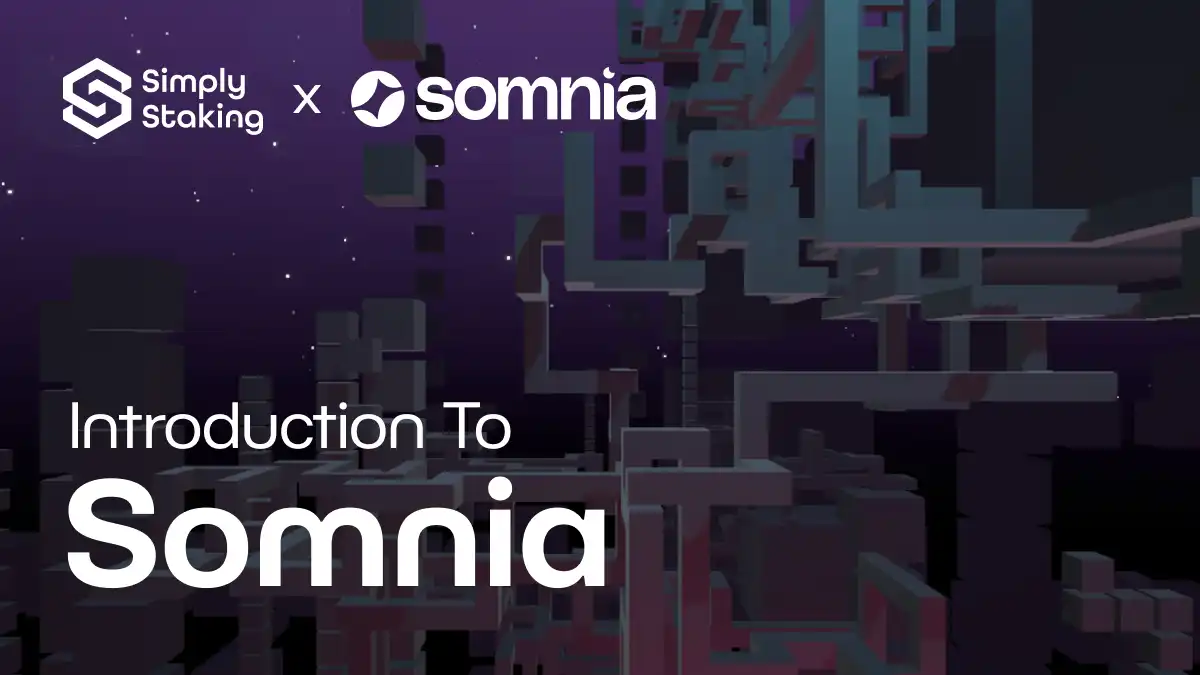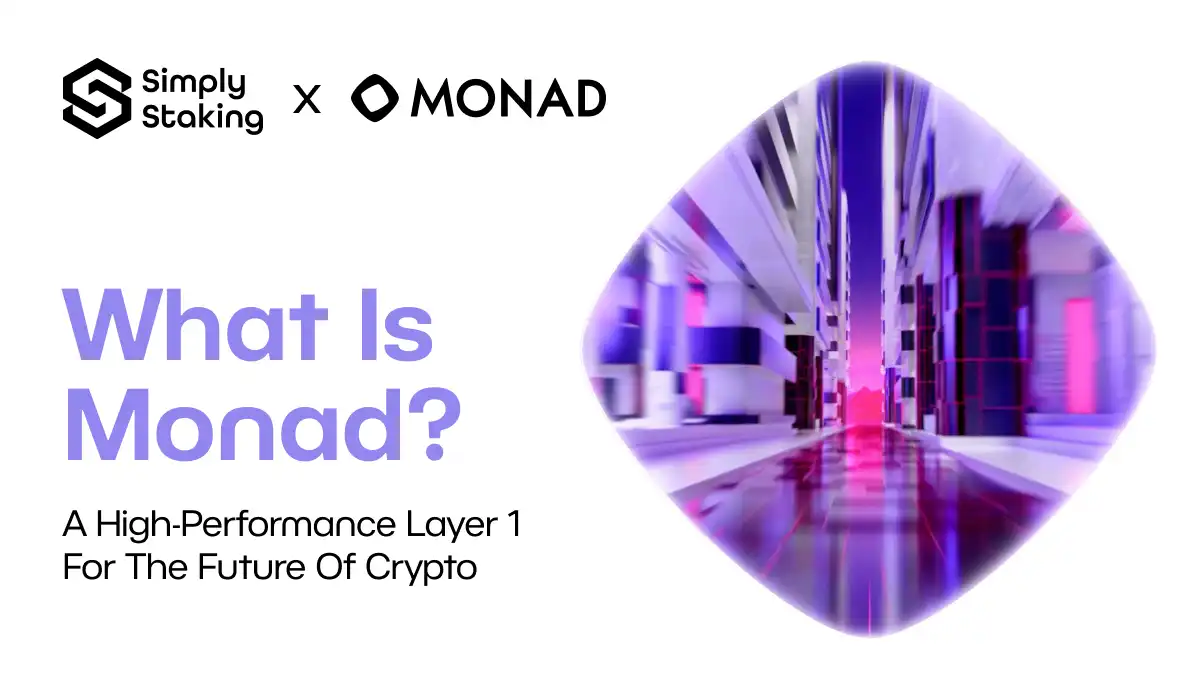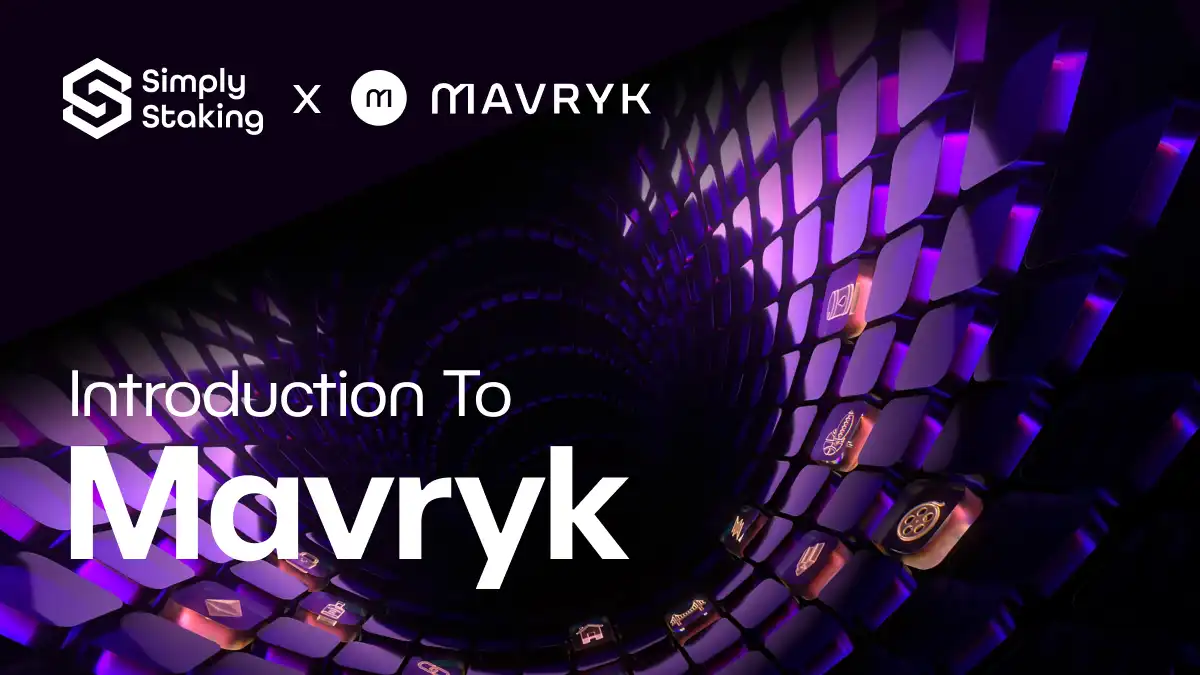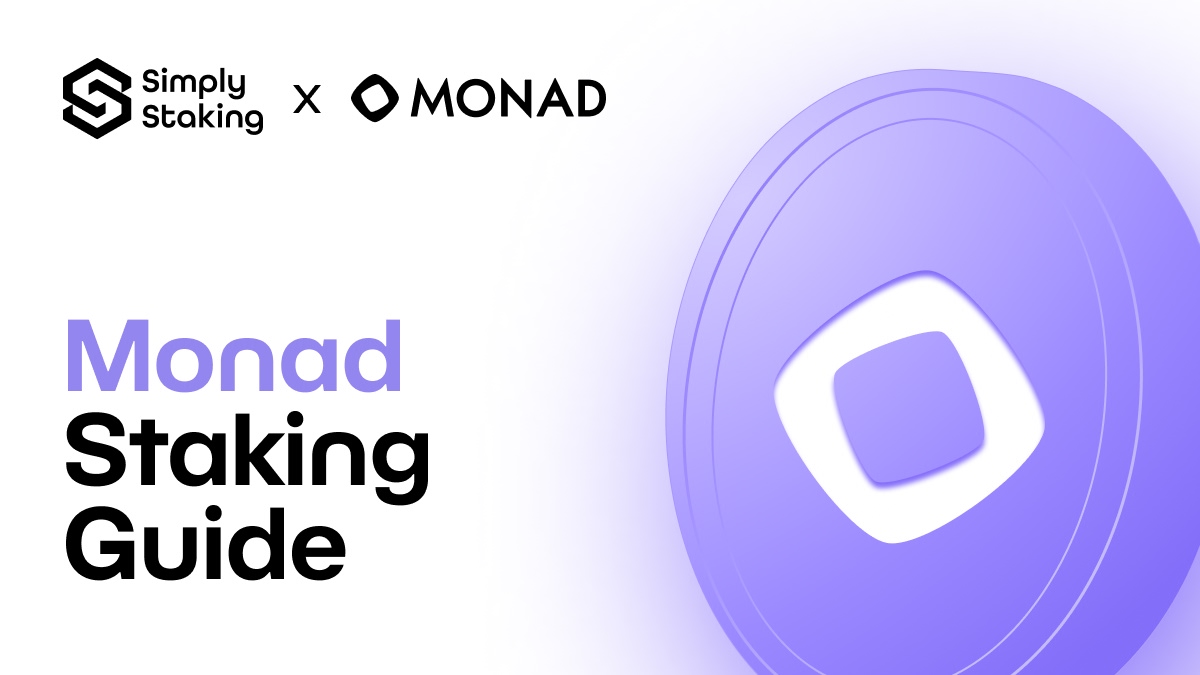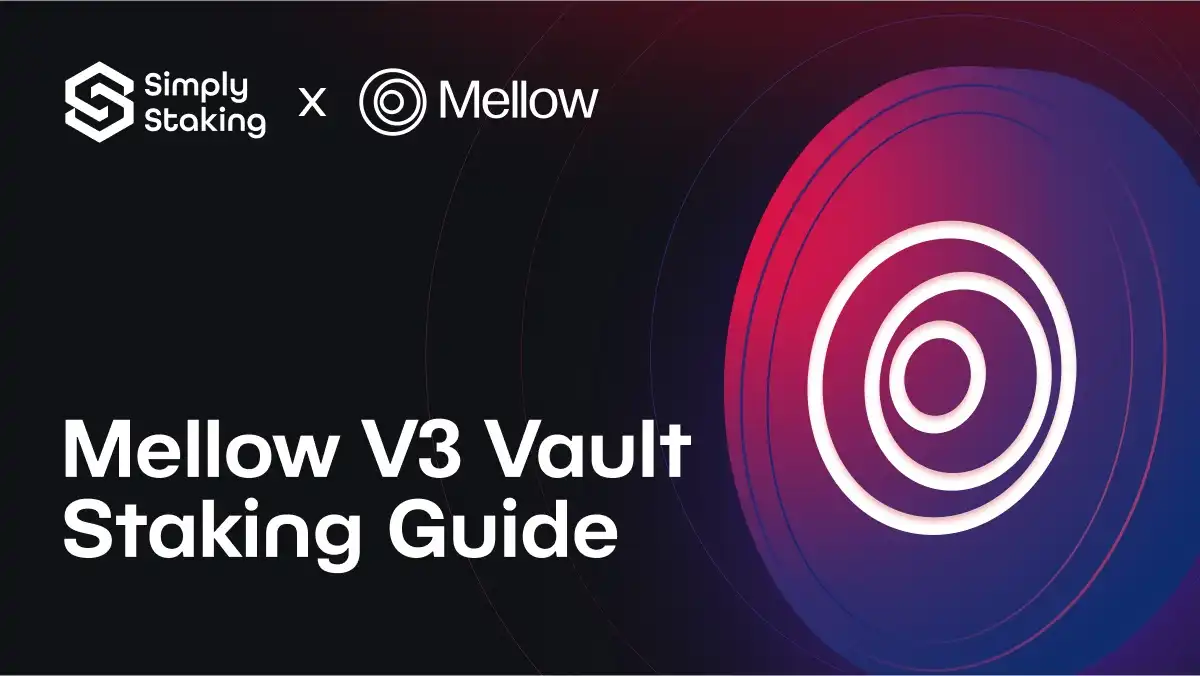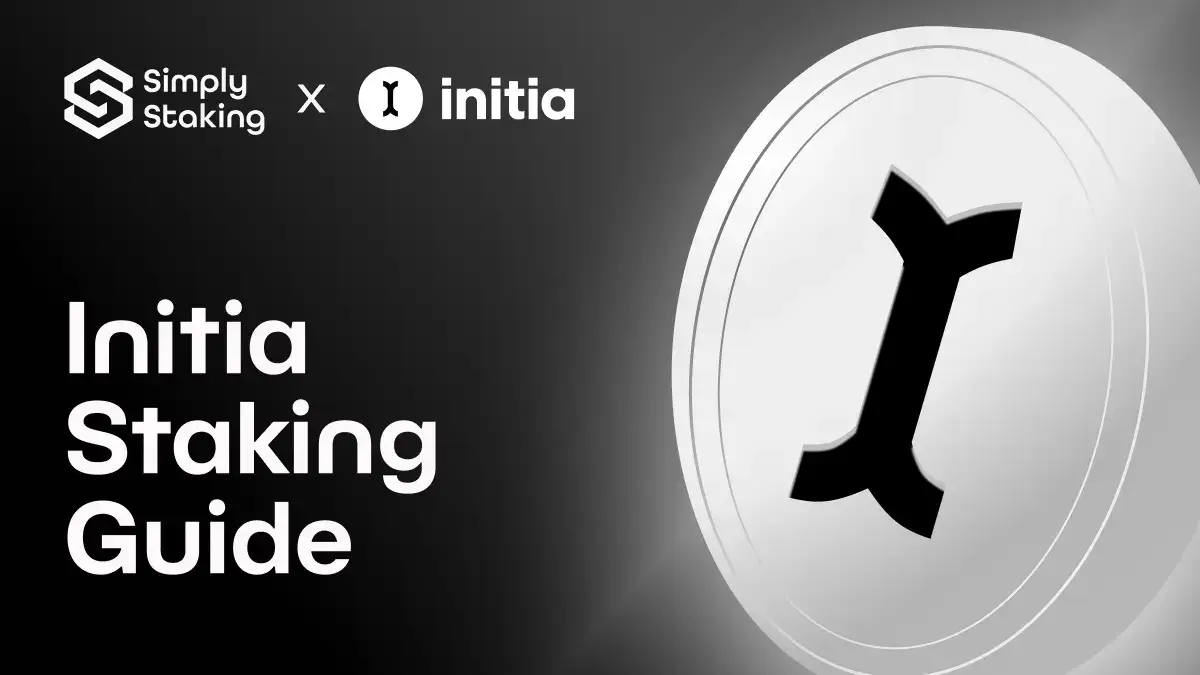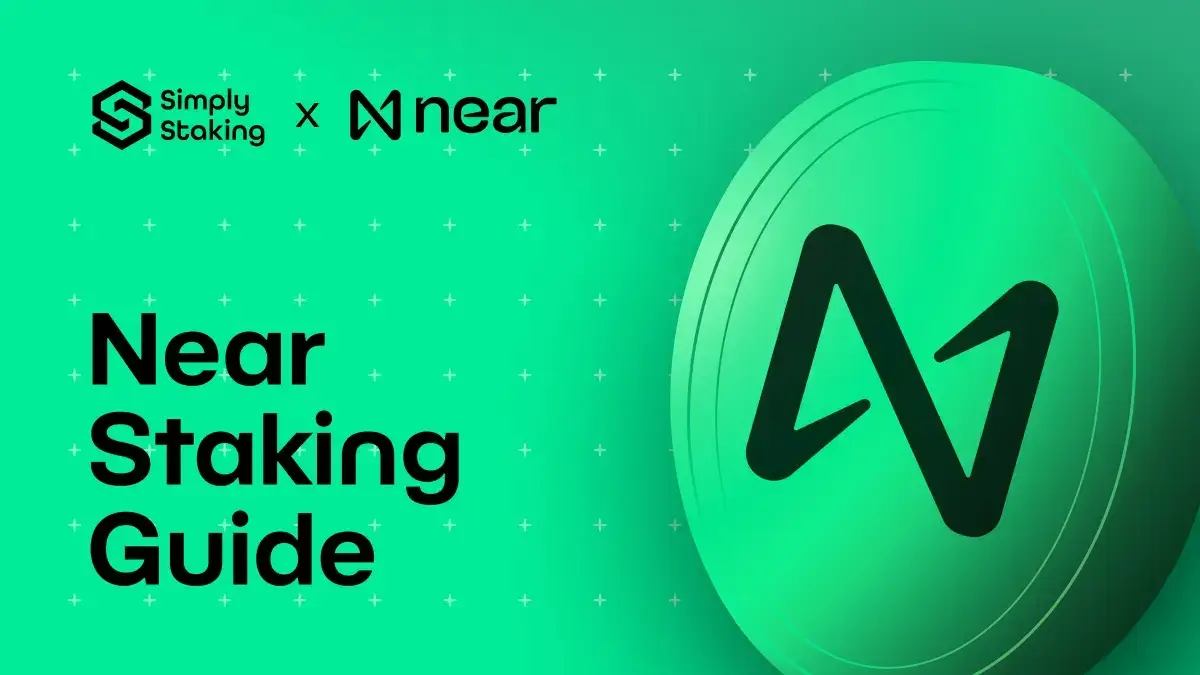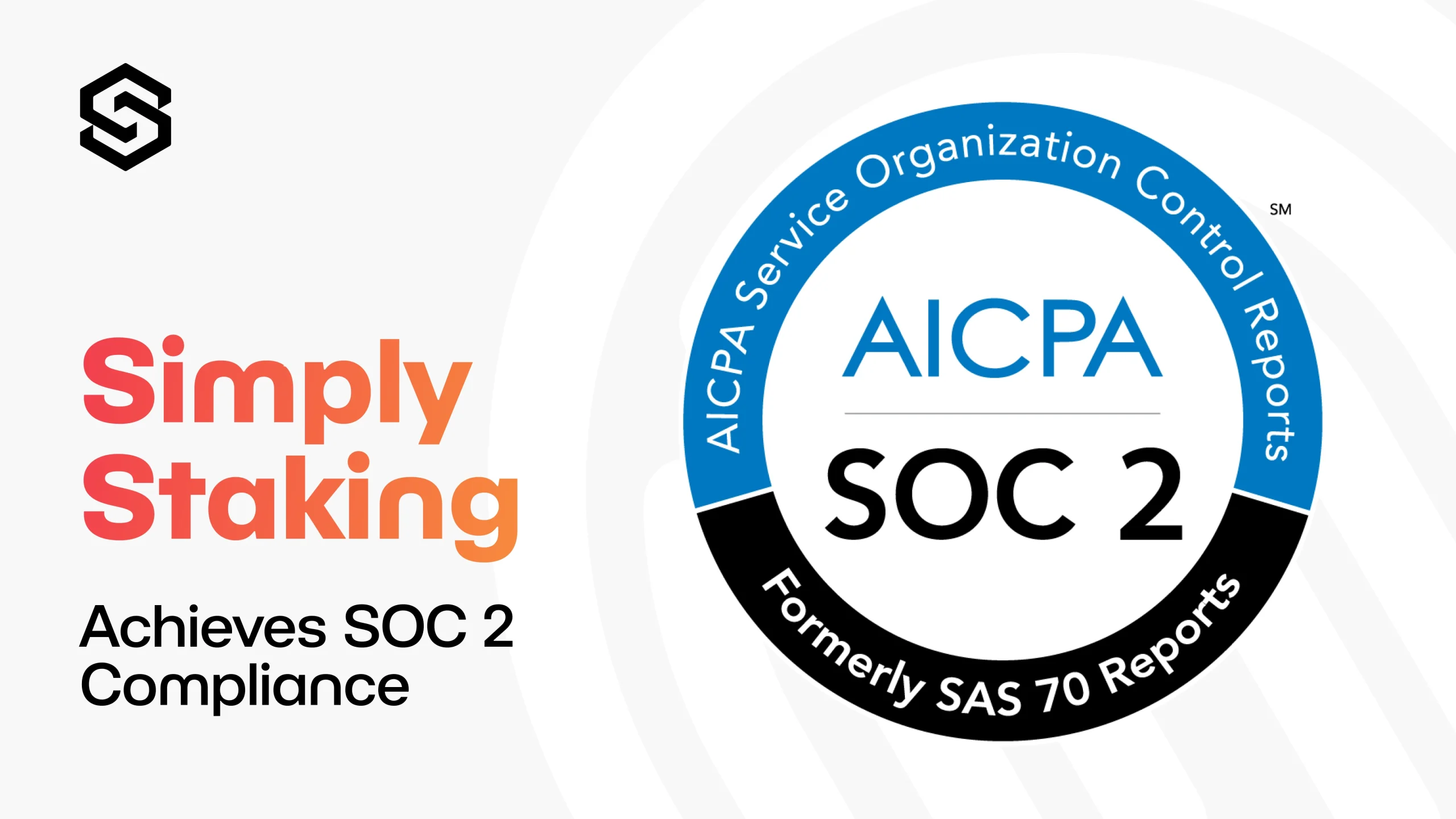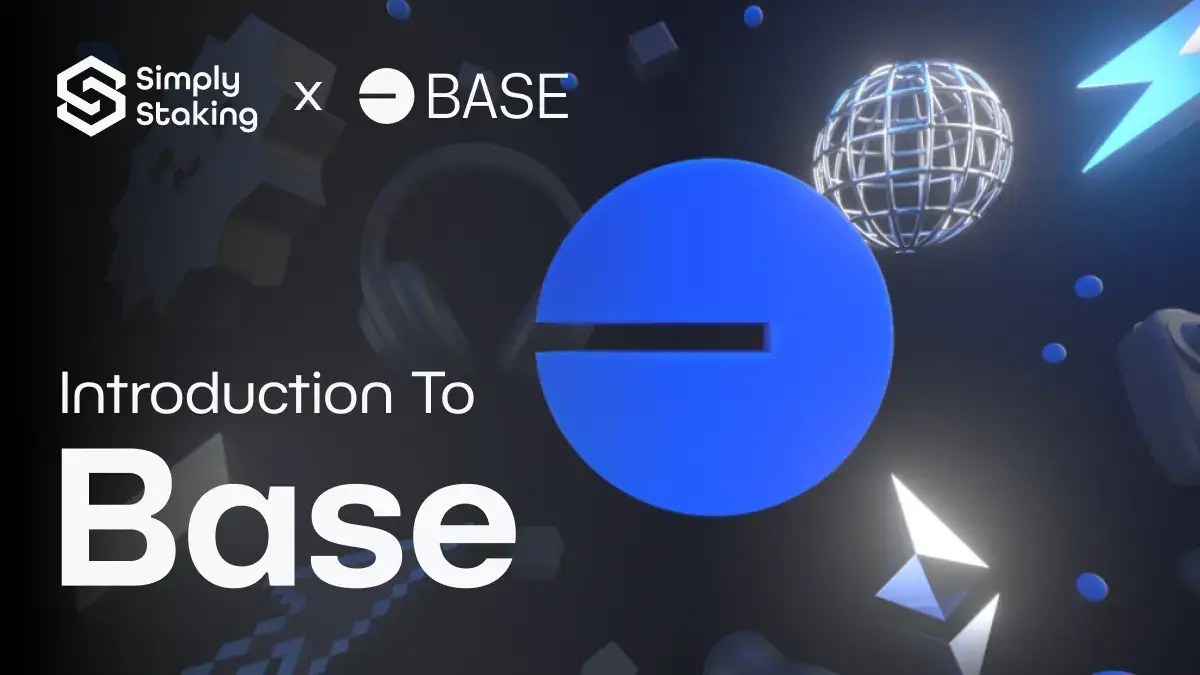Starknet and the Quest for Unlimited Scale on Ethereum
Ethereum has been the foundation of decentralised finance and smart contracts for years, but it still faces the same problem that has followed it since its early days: scalability. As more users and decentralised applications join the network, transactions slow down and gas fees rise. So much so that it almost feels like that Ethereum ended up being a victim of its own success.
Well, Starknet is precisely solving that problem. Built as a permissionless Layer 2 (L2) network over Ethereum, Starknet uses advanced zero knowledge (ZK) cryptography to allow Ethereum to scale securely without losing the decentralisation that makes it special. It processes thousands of transactions off-chain and uses mathematical proofs to verify them on Ethereum, giving the network both speed and strength.
We already published an article on Starknet and therefore, if you are new to the topic, we highly encourage you to read our Introduction to Starknet. In this article, we will go deeper to explain why Starknet matters for Ethereum and why it could become one of the most important scaling solutions in the blockchain space.
But first, let’s just have a quick refresher of what Starknet is.
A Quick Refresher on Starknet: Scaling the Next Generation of Web3 Developers and Users
Starknet is a permissionless and decentralised validity rollup that operates as a Layer 2 network over Ethereum. It uses a system of STARK proofs to verify transactions securely and efficiently. Instead of processing every transaction directly on Ethereum, Starknet executes them off chain, bundles them together, and submits a cryptographic proof of their correctness back to Ethereum.
This method allows Starknet to achieve near unlimited scale while still inheriting Ethereum’s security and decentralisation. Every state update is verified by Ethereum itself, which means no single entity can alter Starknet’s state without detection.
Starknet’s mainnet, called Starknet Alpha, went live in 2021. The term Alpha was originally added to the mainnet name on purpose to signal to the community that at first, changes were to be expected until the network matures. Since then, it has grown into a large ecosystem with hundreds of decentralised applications, developers, and users. The project is built by StarkWare Industries, whose founders developed the STARK proof system that makes all of this possible.
How Starknet Works to Scale Ethereum
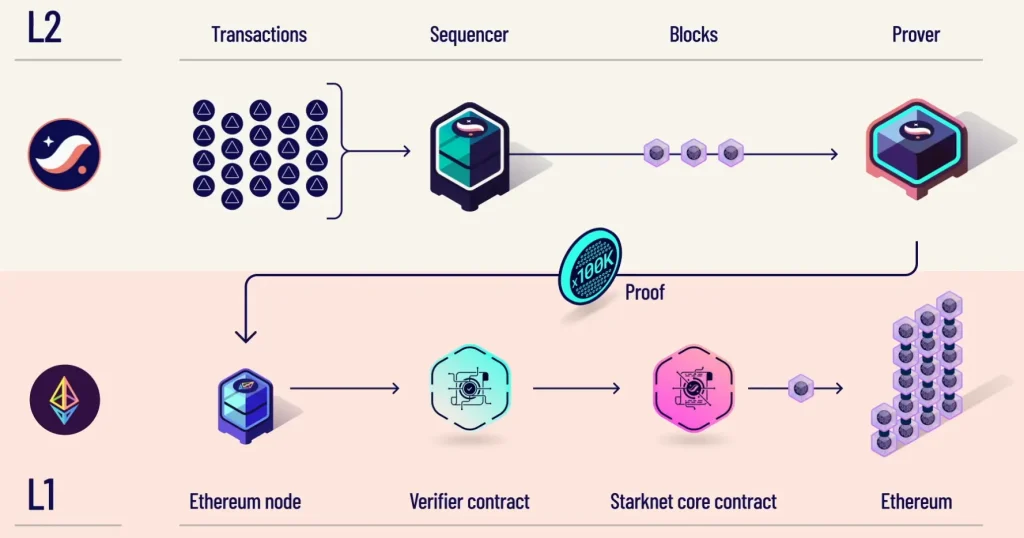
At its core, Starknet works by combining off chain computation with on chain verification. Here is a simplified overview of how it functions:
- Sequencer: This part of the network collects and orders user transactions before executing them off chain.
- Prover (SHARP): After execution, the prover generates a STARK proof to confirm that every transaction in the batch is valid.
- Ethereum Verification: The proof is sent to Ethereum where the Starknet Core and STARK Verifier smart contracts check its validity. Once verified, Ethereum updates the network’s state.
- Data Availability: Important state data is published on Ethereum using the latest data availability methods, such as EIP 4844 blobs, which reduce costs further.

By using this model, Starknet allows Ethereum to scale without sacrificing decentralisation or trust. Each proof represents thousands of verified transactions, giving Ethereum a powerful way to handle real world levels of activity.
The STRK Token and Governance
Starknet’s native token, STRK, plays a vital role in maintaining the network’s health and decentralisation. It is used for transaction fees, staking, and governance. Users can pay gas fees in STRK or ETH, while validators stake STRK to secure the network and earn rewards as Starknet transitions to proof of stake.
The token also enables governance over protocol upgrades, parameters, and grant funding. Minted in November 2022 with a total supply of ten billion, STRK is managed primarily by the Starknet Foundation, ensuring that most resources remain dedicated to public goods and ecosystem growth.
This structure mirrors Ethereum’s own values by aligning incentives between developers, users, and community members.
Why Starknet Matters for Ethereum
Scaling Ethereum Without Sacrificing Security
Starknet directly inherits Ethereum’s security. Every single transaction processed off chain must be mathematically proven correct before Ethereum will accept it. This is what makes Starknet a validity rollup rather than an optimistic one. There are no waiting periods or challenges, only direct verification through proofs.
This approach keeps Ethereum secure while unlocking massive scalability. It allows the blockchain to grow without changing its underlying principles.
Cheaper and Faster Transactions
Starknet has reached impressive performance levels already. Thanks to upgrades such as the Bolt release, the network now handles over one hundred transactions per second with confirmation times of around two seconds and fees that cost a fraction of a cent.
As the technology continues to evolve, new systems such as the S squared prover and Cairo Native execution are expected to increase throughput to thousands of transactions per second. This level of performance makes Ethereum’s Layer 2 ecosystem ready for mainstream adoption in 2025 and beyond.
A Better User Experience
One of Starknet’s strongest features is its native Account Abstraction. On Starknet, every account is a smart contract that can include its own logic. This means users can log in with passkeys, use social recovery for lost accounts, and even have gas fees sponsored by applications.
For developers, this level of flexibility opens new possibilities for building user friendly decentralised applications and defining custom business logic directly in their smart contracts. For everyday users, it creates a smoother and safer experience on chain.
Strengthening the Ethereum Ecosystem
The Starknet ecosystem has expanded quickly, with over 190 decentralised applications (dApps) built across DeFi, gaming, and infrastructure by late 2024. Projects such as MakerDAO have deployed on Starknet, and wallets like Argent X, Braavos, and Ledger have integrated it to improve accessibility.
Developers are encouraged to build through the Starknet Foundation’s grant programmes, which fund new tools, research, and applications. This steady growth strengthens Ethereum as a whole by giving builders a high performance environment that still relies on Ethereum’s trust layer.
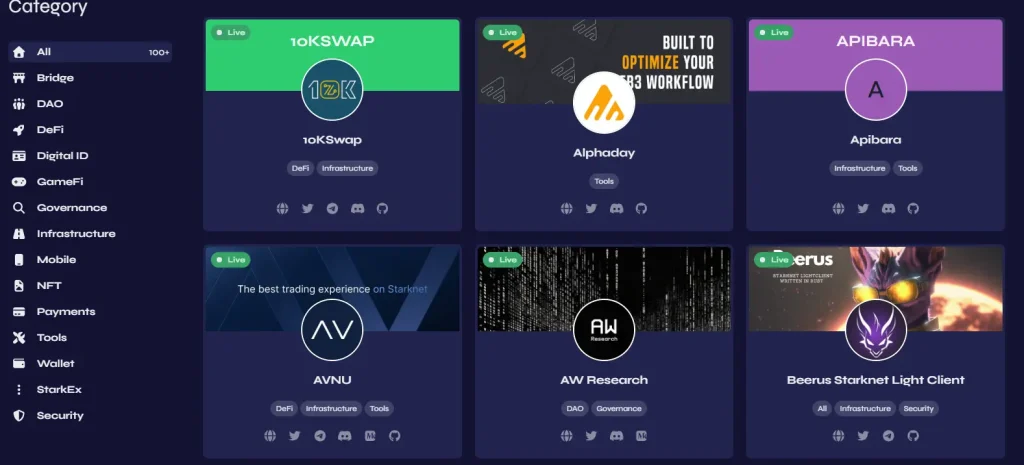
Bridging Ethereum and Bitcoin
One of the most unique aspects of Starknet’s roadmap is its plan to connect Ethereum (ETH) and Bitcoin (BTC) directly. The long term goal is for Starknet to settle on both blockchains, turning it into a shared execution layer that brings Bitcoin’s liquidity to Ethereum’s decentralised finance ecosystem.
In practice, this could make Starknet a link between the two largest blockchains in the world, creating opportunities for Bitcoin based DeFi and giving Ethereum developers access to a broader audience.
The Path to Full Decentralisation
Starknet’s commitment to decentralisation is clearly mapped out through five roadmap phases.
- Phase One: Launch of the mainnet with validity proofs and Account Abstraction.
- Phase Two: Major performance upgrades and the first governance votes by token holders.
- Phase Three: Introduction of multiple sequencers and early Bitcoin integration.
- Phase Four: Community validators begin to participate in consensus through staking.
- Phase Five: Full decentralisation of proving and dual settlement on both Ethereum and Bitcoin.
Each phase hands more control to the community, making Starknet one of the few Layer 2 networks designed to become fully decentralised from top to bottom. You can explore current progress on the official Starknet Roadmap.
The Bigger Picture for Ethereum
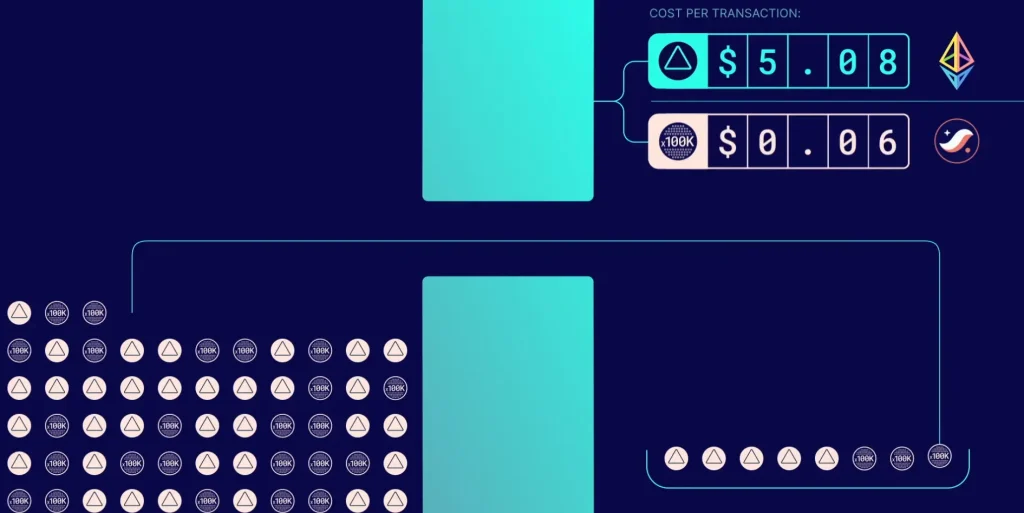
Starknet does not compete with Ethereum. It strengthens it! By offloading computation and proof generation while maintaining Ethereum’s final verification, Starknet acts as Ethereum’s scalability engine. It is one of the clearest examples of how zero knowledge technology can bring real world scalability to decentralised systems.
With its open programming language written in Cairo, its developer community, and its focus on user experience, Starknet provides Ethereum with the infrastructure it needs to support the next generation of decentralised applications.
In essence, Ethereum provides the security, while Starknet provides the scale.
Closing Thoughts
Starknet is proving that Ethereum’s limitations are not permanent. Through cryptographic innovation, decentralised governance, and a fast growing ecosystem, it is showing how a Layer 2 network can make blockchain technology both scalable and accessible.
As Starknet continues its roadmap toward full decentralisation and Bitcoin integration, it is positioning itself as a cornerstone of the next phase of Web3 development!
Stay updated with Starknet’s evolution and the latest in blockchain scaling by following Simply Staking on X (Twitter) for easy to understand insights and educational content. Furthermore, if you wish to understand Ethereum’s most recent upgrade, check out our full breakdown of Pectra: Ethereum’s Next Leap Forward.
